Along with other partners, Simone Cicero launched the Platform Design Toolkit. Bringing together service design, business model innovation, lean startup and customer development, the Toolkit helps designers and businesspeople alike to identify and harness the power of platforms. In this profile, he chats with Touchpoint Editor-in-Chief Jesse Grimes.
Jesse Grimes: For those readers that aren't familiar with the concept of platform design and the "Platform Design Toolkit", can you give a short introduction to the work you've been doing and what it's about?
Simone Cicero: I created the Platform Design Canvas in 2013, as a derivative of the Business Model Canvas. The canvas evolved into a toolkit since then, in a conversation with the design, innovation and business strategy communities. Feedback has been collected in several masterclasses, exchanges and workshops.
Technically speaking the toolkit is a methodology, based on a set of canvases that provide an aid to teams and individuals that want to design for an ecosystem. The set of canvasses comes with a user guide (we’re aiming to release a more comprehensive manual), a regular publication on Medium, and a newsletter aimed at sharing our way to apply this thinking. In terms of inspirations, I would say that Platform Design is a child of service design, business model innovation, lean startup and customer development.
The main objective of the platform design toolkit - which has become clearer after few years of using it and researching it - is probably that it helps us move from the ‘industrial perspective’ of customer-centred design into the ‘post industrial perspective’. We believe this post industrial perspective must be ecosystem-centred or – much better – relationship-centred.
We always say that is about moving from organising production, to organising interaction. It’s a way for companies to think without boundaries, beyond the traditional limitations of employees and resources. Everyone can now work for you (with you) if you craft the right set of incentives.
We believe that individuals and individual entities (small organizations, teams) play an ever greater role in the networked economy. Therefore, a key part of a platform strategy is enabling them to exchange value, in marketplace-like structures, through transactions and interactions. Another key aspect, we believe, is supporting these independent entities within the ecosystem in honing new capabilities, finding new opportunities and improving their performances. Therefore we speak of dual engines in platform strategies: a ‘transactions engine’ and a ‘learning engine’.
We also believe that - to really tap the power of networks - we need to design relationship centric systems. We believe that customer centricity has been inspiring systems that kept us in isolation, and that this needs to end, for many reasons. Firstly, in isolation we can’t learn completely. We see platform organisations as powerful engines of learning. It’s true that one component of learning is competitive (developing a better reputation than others, through better performance) other layers of learning can only happen in a relationship, and in the context of a system. Furthermore, we think that all the systems we create today (systems, not products) will need to provide participants the possibility to evolve. Evolution is a “liminal” process, in which one goes through several stages. To really evolve through stages, one needs to confront and learn from masters and peers: this is what we call ‘collaborative learning’.
Agency can’t be obtained in isolation. We’re entering an age of awareness: we need to figure out that we’re all interconnected. We think that deliberately designing for ecosystems — or interconnectedness — will generate this better result and improve awareness. That’s what platforms are all about.



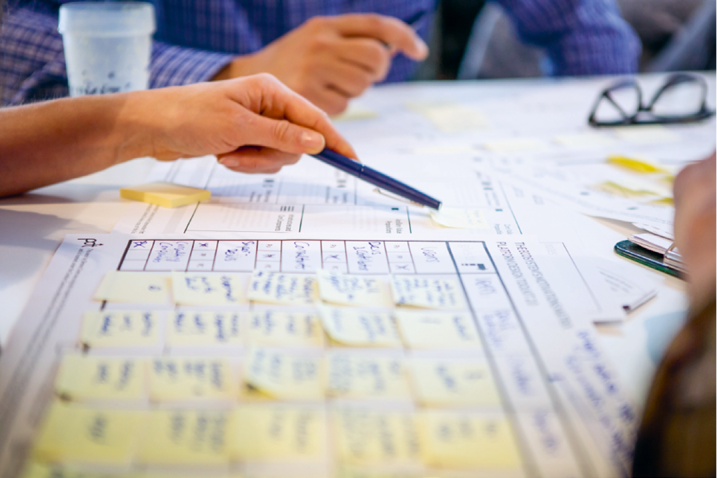
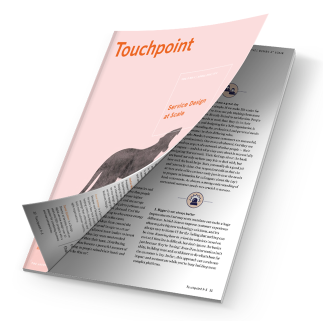

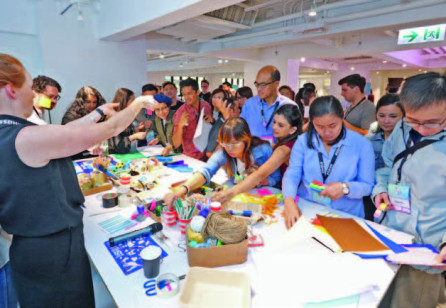
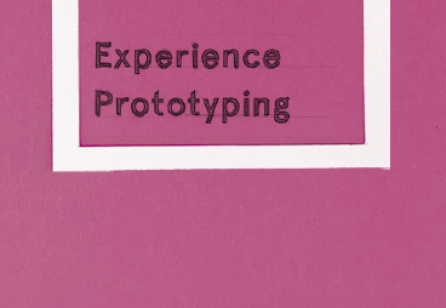
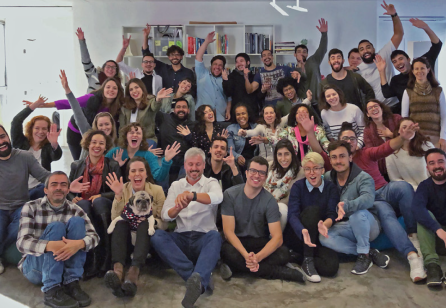

Share your thoughts
0 RepliesPlease login to comment